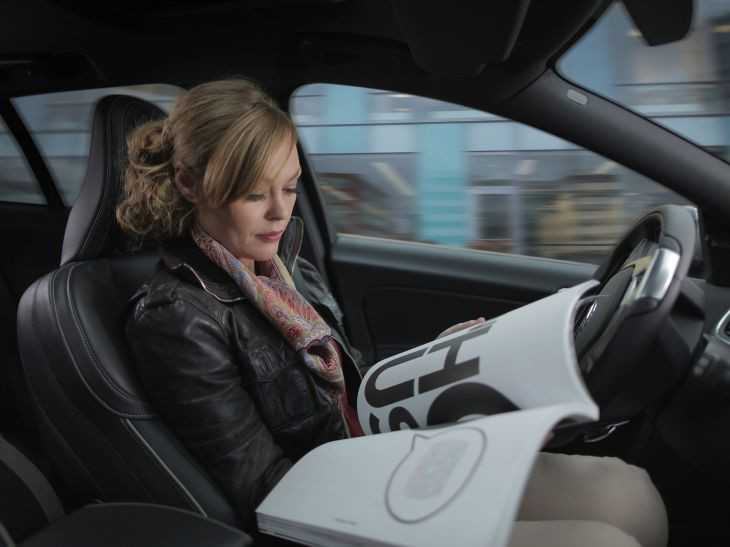Volvo to move its driverless project on to Gothenburg’s streets

After less than two years of development Volvo has already announced plans to bring its self-driving project to the roads of Sweden’s second-largest city, Gothenburg.
Volvo’s autonomous vehicle project DriveMe aims to put 100 self-driving cars in the hands of customers by 2017, a step that is being heralded as a landmark by Dr Peter Mertens, the company’s senior vice president of research and development.
“We are entering uncharted territory in the field of autonomous driving,” he said. “Taking the exciting step to a public pilot, with the ambition to enable ordinary people to sit behind the wheel in normal traffic on public roads, has never been done before.”
Collaborative pilot
The pilot, a collaboration between Volvo, legislators, transport authorities and a major city, is ready to take on this next phase of development thanks to a network of sensors, cloud-based positioning systems and braking and steering technologies.
Clearly Volvo has no plans to use Google’s technology as the manufacturer considers its own Autopilot system is reliable enough to allow the car to take over every aspect of driving in autonomous mode.
Although the company has confidence in its fault-tolerant systems, Volvo has stated that it wants to only allow the cars on selected roads with suitable conditions, devoid of oncoming traffic, cyclists and pedestrians to begin with.
Inspiration from aircraft industry
Drawing inspiration from aeroplane engineers, Dr Erik Coelingh, technical specialist at Volvo Cars, wants every facet of the technology to be as close to failsafe as possible, with each having its own backup system just in case.
“Making this complex system 99 per cent reliable is not good enough. You need to get much closer to 100 per cent before you can let self-driving cars mix with other road users in real-life traffic,” he said.
“Here, we have a similar approach to that of the aircraft industry. Our fail-operational architecture includes backup systems that will ensure that Autopilot will continue to function safely also if an element of the system was to become disabled.”
When everything is up and running, Volvo envisages that its driverless technology will cut fuel consumption, improve traffic flow on roads and open up more options for urban planning and cost-efficient infrastructure investments.

Leave a comment
Alternatively
This will only be used to quickly provide signup information and will not allow us to post to your account or appear on your timeline.